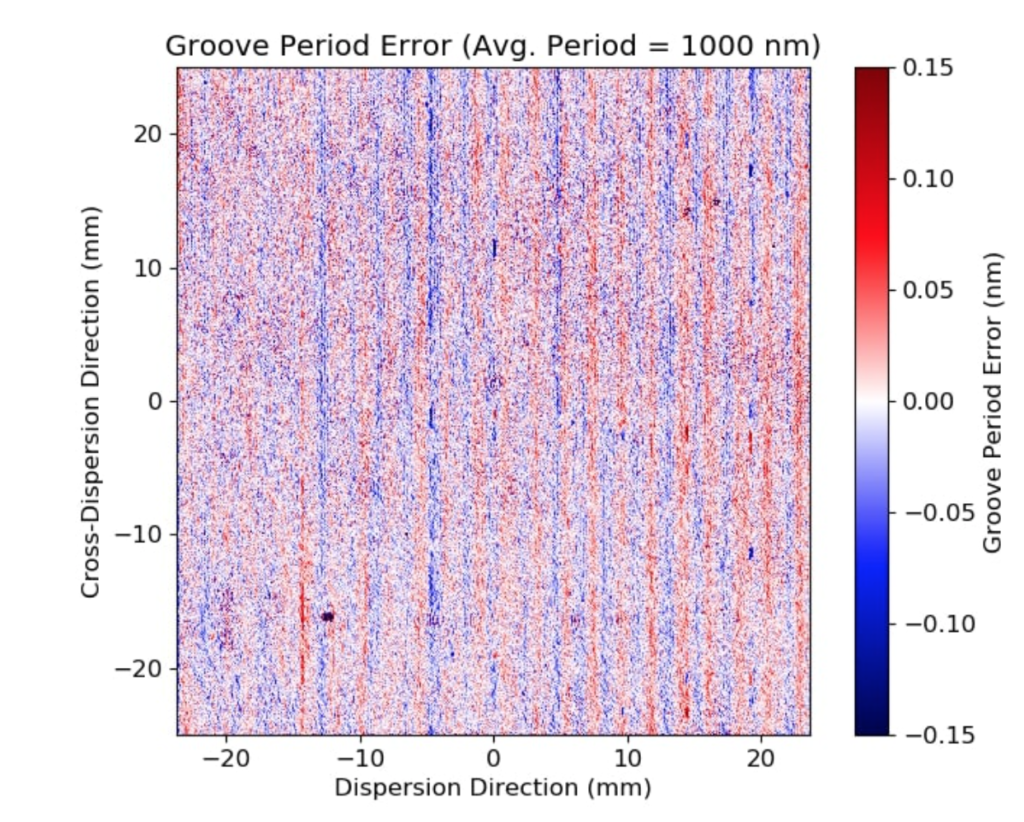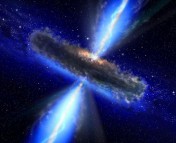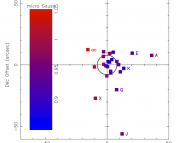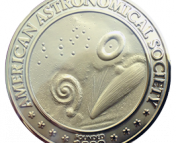
The undergrad research series is where we feature the research that you’re doing. If you’ve missed the previous installments, you can find them under the “Undergraduate Research” category here.
Are you doing an REU this summer? Were you working on an astro research project during this past school year? If you, too, have been working on a project that you want to share, we want to hear from you! Think you’re up to the challenge of describing your research carefully and clearly to a broad audience, in only one paragraph? Then send us a summary of it!
You can share what you’re doing by clicking here and using the form provided to submit a brief (fewer than 200 words) write-up of your work. The target audience is one familiar with astrophysics but not necessarily your specific subfield, so write clearly and try to avoid jargon. Feel free to also include either a visual regarding your research or else a photo of yourself.
We look forward to hearing from you!
************
Jared Termini
University of Iowa
This guest post was written by Jared Termini. Jared Termini is a rising senior at the University of Iowa, majoring in physics and astronomy. He plans on pursuing a Ph.D. in astronomy and hopes to become a NASA researcher studying black holes and other compact objects. This post describes undergraduate research conducted by Jared.
X-ray spectra offer a wealth of information about the physical conditions around black holes, the hot gas surrounding galaxies, and stellar coronae. Obtaining these spectra, however, requires constructing precise X-ray gratings. This is a challenging task because the gratings must have grooves many times smaller than a human hair! In order to accomplish this, we have to employ specialized equipment and techniques. In order to achieve groove placement at the sub-nanometer level, we used the technique of electron-beam lithography (EBL). EBL is a technique for generating nanostructures by scanning an electron beam across a surface (in our case, a mirror) that is covered in an electron-sensitive material called the “resist”. Once the gratings have been created, they are measured with an interferometer to ensure the placement is correct. EBL opens new doors for X-ray optics design, potentially reducing the number of optical surfaces required. Many current spectrometers are three-interaction spectrometers, meaning an X-ray photon will reflect off two mirrors before reaching the grating and then the detector. The multiple optical surfaces required (mirrors + grating) increase the instrument’s mass. However, if the grating can be etched onto one of the mirrors, the required number of optical surfaces would be reduced, thus reducing the size and mass of the instrument and hence the cost to send it into space.
By using the 4D Technology Fizeau interferometer at the University of Iowa to assess and quantify errors in the grating pattern, we gathered vital feedback for the EBL patterning process. Measuring our grating and quantifying any residual errors in the period of the grating allowed us to evaluate the feasibility of new spectrometer designs and estimate their performance capabilities. To determine the resolution of the grating, we divided the groove period by the standard deviation of the period error. This resulted in a limiting resolution of roughly 33,000 for this grating, as shown in Figure 1. Next-generation X-ray observatories will likely require resolutions on the order of a few thousand. Our results show that EBL patterning is capable of producing gratings for next-generation X-ray observatories like Lynx. Realizing a new X-ray observatory with gratings like these would enable astronomers to probe the structure and evolution of the hot cosmic web, which is the hot, diffuse gas between galaxy clusters, as well as help us examine in detail how AGN jets are launched. Our results demonstrate that EBL is capable of producing gratings that will meet the requirements of next-generation X-ray telescopes and will allow us to better understand important aspects of the universe, such as the hot cosmic web and AGN jets.

If you are an undergraduate that took part in an REU this summer and would like to share your research on Astrobites, please contact us at [email protected]!




